Marine batteries are engineered to withstand the unique and often harsh conditions found on vessels, including high salinity and wide-ranging temperatures. AGM (Absorbent Glass Mat) and gel cell marine batteries, specifically designed for such environments, offer superior performance compared to traditional lead-acid batteries due to their advanced construction that encases the electrolyte, providing protection against corrosion and ensuring longevity. Regular maintenance practices, including terminal cleaning, maintaining a clean and dry battery environment, and proper charging, are essential for maximizing the lifespan of these marine batteries. Quality components and design, along with diligent upkeep, enable marine batteries to exceed expectations even in extreme climates like the Arctic or tropical regions, ensuring consistent performance and extended operational life. This underscores the importance of selecting a high-quality marine battery and adhering to regular maintenance for reliable power in demanding maritime conditions.
marine batteries, nautical operations, harsh environments, lifespan durability, salinity impact, temperature extremes, design considerations, maintenance practices, real-world examples.
Marine batteries are the unsung heroes of seafaring technology, enabling critical systems on vessels to function reliably under a spectrum of conditions. This article delves into the factors that affect marine battery lifespan in environments where conditions range from scorching suns to icy waters. We explore the types of marine batteries, their resilience to extreme salinity and temperature fluctuations, and the design strategies that lead to longer operational lives at sea. By examining maintenance best practices and drawing on case studies from the field, we aim to shed light on how mariners can ensure their vessels’ power sources remain dependable, regardless of the climate they face. Join us as we navigate the complexities of marine battery longevity and performance in the challenging realm of nautical operations.
- Understanding the Role of Marine Batteries in Nautical Operations
- Factors Influencing Marine Battery Lifespan in Harsh Environments
- Types of Marine Batteries and Their Durability Under Extreme Conditions
- The Impact of Salinity on Lead-Acid vs. AGM/Gel Cell Batteries
- Temperature Extremes: Effects on Marine Battery Performance
- Design Considerations for Long-Lasting Marine Batteries
- Maintenance Best Practices to Maximize Marine Battery Lifespan
- Case Studies: Real-World Examples of Marine Battery Endurance in Harsh Climates
Understanding the Role of Marine Batteries in Nautical Operations
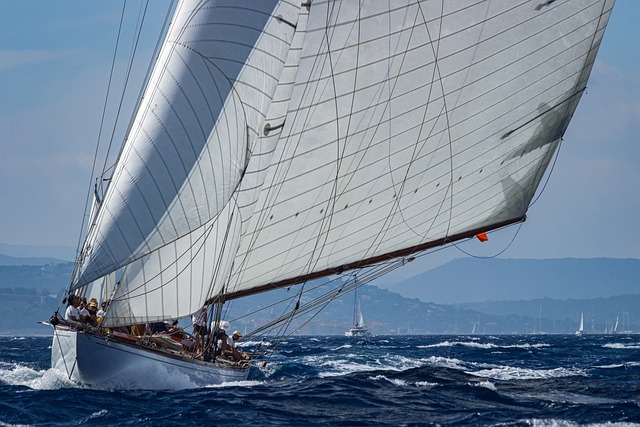
Marine batteries play a pivotal role in the functionality and safety of nautical operations, especially given the demanding conditions they often encounter. These batteries are the heart of a vessel’s power system, providing essential electrical energy for starting engines, powering onboard systems, and ensuring navigation lights operate when natural light fades. Unlike their land-based counterparts, marine batteries are subject to a variety of harsh environmental factors, including temperature fluctuations, humidity, and corrosive saltwater exposure, which can significantly impact their lifespan and performance. The robust construction of marine batteries is designed to withstand these challenges, incorporating materials that protect against leaks and short circuits, while also being resistant to the corrosive effects of seawater. Understanding the intricacies of how these batteries function, from the lead-acid, AGM (Absorbent Glass Mat), to the more modern lithium-ion types, is crucial for extending their operational life and ensuring reliability during long voyages or extended use in remote areas. Proper maintenance, including regular inspections, topping off electrolyte levels, and monitoring state of charge, further contributes to the longevity and effectiveness of marine batteries, thereby supporting the continuous operation of vital onboard systems under all conditions.
Factors Influencing Marine Battery Lifespan in Harsh Environments

Marine batteries are subject to a variety of stressors that can significantly affect their lifespan, particularly when operating in harsh climates. The corrosive nature of saltwater, extreme temperatures ranging from sweltering heat to frigid cold, and high levels of humidity all contribute to the degradation of these batteries over time. The lifespan of a marine battery is influenced by the quality of its construction, including materials used for the case and terminals, as well as the design’s resistance to corrosion from saltwater exposure. Additionally, the frequency and depth of discharge can play a crucial role in determining the longevity of a marine battery. Deep discharges can lead to a reduction in the total number of charge-discharge cycles a battery can endure before its capacity diminishes. Furthermore, batteries placed in cramped spaces where ventilation is poor may suffer from reduced performance due to overheating, which is exacerbated in high-temperature environments. It is imperative to select a marine battery that is rated for the specific conditions it will face, ensuring that it can handle the environmental demands without compromising its operational life. Regular maintenance practices, such as checking and cleaning terminals, ensuring proper charging protocols are followed, and protecting the battery from direct sunlight or other sources of excessive heat, can also extend its serviceable lifespan in challenging environments.
Types of Marine Batteries and Their Durability Under Extreme Conditions

Marine batteries are critical components for any vessel, providing the necessary power for navigation systems, onboard electronics, and emergency situations. These batteries come in various types, each designed to cater to different operational requirements and environmental conditions. Lead-acid batteries, once the standard, have largely been supplanted by more efficient options like AGM (Absorbent Glass Mat) and GEL cell batteries. AGM batteries are favored for their deep-cycle capabilities and resistance to vibration, making them durable under extreme conditions. They can withstand a wide range of temperatures, from the sweltering heat of the tropics to the biting cold of polar regions. GEL cell batteries, on the other hand, offer similar performance characteristics but with an even higher tolerance for deep-discharge applications and harsh environments.
Lithium-ion marine batteries represent a newer category that boasts superior energy density and longevity compared to traditional lead-acid and AGM options. They are less sensitive to temperature extremes, which is particularly advantageous in the maritime context where fluctuations in ambient temperatures are common. Lithium-ion batteries also have a longer lifespan and can handle more charging and discharging cycles without degrading significantly. When selecting a marine battery, it’s crucial to consider the specific environmental conditions the vessel will face, as this will influence the type of battery best suited for the application. Regular maintenance, such as keeping terminals clean and monitoring state-of-charge, is essential for maximizing the lifespan of any marine battery, regardless of the technology used.
The Impact of Salinity on Lead-Acid vs. AGM/Gel Cell Batteries
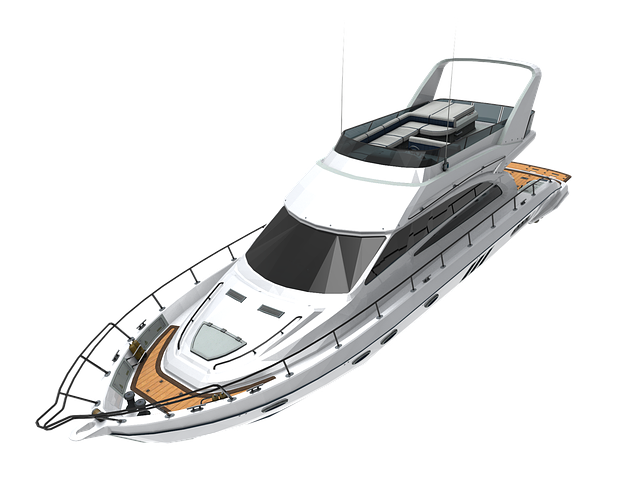
Marine batteries, particularly lead-acid and AGM/gel cell variants, are subject to various environmental stressors, with salinity being a significant factor affecting their lifespan. Exposure to high salinity environments can have detrimental effects on lead-acid batteries. The presence of salt accelerates corrosion on terminals and connectors, leading to higher resistance and reduced efficiency. Saltwater can also penetrate the battery’s casing over time, compromising the seal and allowing electrolyte leakage, which in turn can cause short circuits and reduce the overall lifespan of the battery.
In contrast, AGM (Absorbed Glass Mat) and gel cell batteries are engineered to withstand harsher conditions, including high salinity environments. These batteries contain a gel or fiberglass mat that holds the electrolyte in place, reducing the risk of spillage and providing better protection against corrosive elements. This design not only minimizes the effects of salt on the battery’s performance but also ensures longer service life even when regularly exposed to marine environments. Additionally, AGM/gel cell batteries are less sensitive to temperature fluctuations, which is another advantage in the varied climate conditions typically encountered at sea. The robust construction and advanced materials used in these types of batteries make them a more reliable option for marine applications where salinity levels are high and environmental conditions are unpredictable.
Temperature Extremes: Effects on Marine Battery Performance
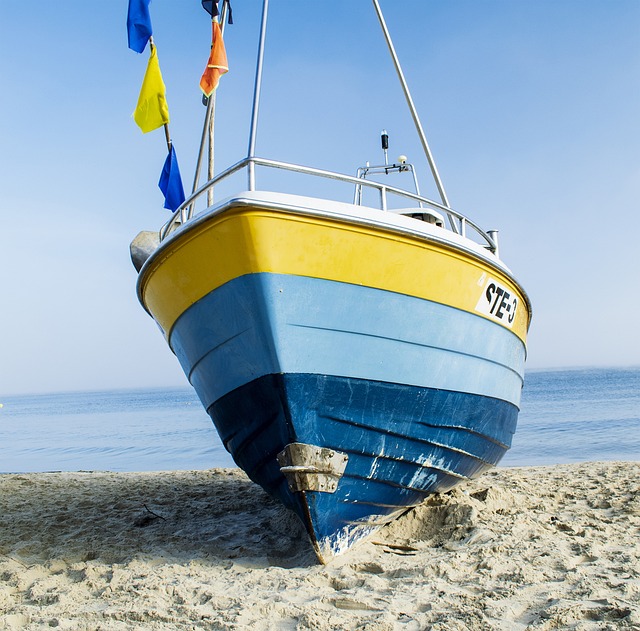
Marine batteries are subject to a range of environmental stressors, with temperature extremes being particularly impactful on their performance and lifespan. Prolonged exposure to high temperatures can lead to increased self-discharge rates within the battery, resulting in reduced capacity over time. The chemical reactions that enable energy storage in marine batteries become less efficient as temperatures rise, causing the active materials to degrade more rapidly. This is not merely a concern for the summer months; excessive heat during installation or charging can also ‘bake’ the battery, setting it on a path of diminished performance from the outset.
Conversely, cold environments pose their own set of challenges. The viscosity of the electrolyte within the battery can thicken in colder conditions, which slows down the necessary reactions for energy storage and retrieval. This can make it more difficult for the battery to accept a charge and deliver power when needed. Cold temperatures can also lead to sulfation, where sulfate deposits form on the plates, reducing the surface area for chemical reactions and potentially shortening the battery’s life. It is crucial for users of marine batteries in harsh climates to monitor their batteries closely and take preventative measures such as proper insulation and temperature control during both hot and cold weather to ensure optimal performance and longevity of their marine batteries. Regular maintenance and understanding the effects of ambient temperature on battery chemistry are key factors in maximizing the lifespan of these critical components of maritime technology.
Design Considerations for Long-Lasting Marine Batteries
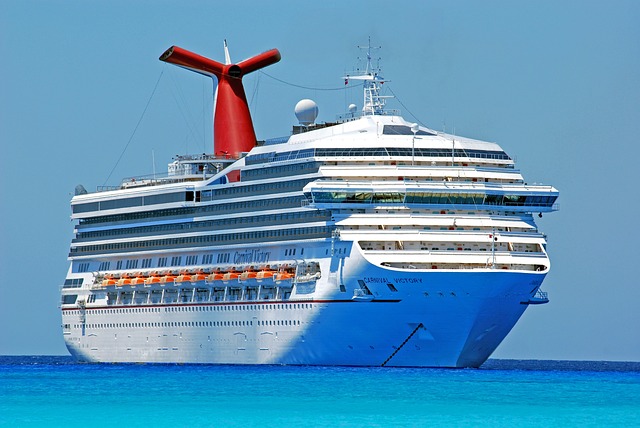
Marine batteries are subjected to a unique set of challenges due to their application in maritime environments. To ensure longevity and reliability, designers must consider several critical factors. Firstly, the materials used for the battery casing must be robust enough to withstand corrosion from saltwater exposure yet flexible enough to endure the physical stresses of a rocking boat. This is crucial as the integrity of the battery case prevents electrolyte leakage and protects internal components from damage.
Additionally, the design must account for temperature fluctuations that marine environments often experience. Extreme heat can lead to reduced battery life, while cold temperatures can cause the battery to become sluggish. Thermal management systems are therefore incorporated into the design to regulate the operating temperature and optimize the battery’s performance over its lifespan. The choice of electrolyte solution is also a significant consideration; it must have a high enough activation voltage for efficient energy storage while being resistant to freeze or evaporation in harsh conditions. Furthermore, the active materials within the battery cells should be selected for their durability and resistance to the chemical reactions that can occur with seawater components. By meticulously considering these design aspects, manufacturers can produce marine batteries that not only endure the harshest climates but also deliver consistent power for extended periods.
Maintenance Best Practices to Maximize Marine Battery Lifespan

Marine batteries, like their land-based counterparts, have a finite lifespan that can be influenced significantly by environmental factors and maintenance practices. To ensure your marine battery performs optimally and endures its full expected lifespan, especially in harsh climates, adherence to proper maintenance best practices is crucial. Regular cleaning of the battery terminals with a wire brush to remove corrosion should be a routine task, as this ensures good electrical connections which can prevent premature battery failure. Additionally, keeping the battery clean and dry, particularly in salty or humid environments, is essential for its longevity. Using a battery cover or box that is both watertight and breathable helps to protect against corrosive substances and excessive moisture.
Monitoring the charge levels and avoiding overcharging or deep discharge cycles is another key maintenance practice. It’s important to use a charging system that matches the battery type and to set it up according to the manufacturer’s recommendations. Regular load testing, as per the manufacturer’s guidelines, can also help identify any potential issues before they lead to failure. Employing a desulphation mode on your charger periodically, if available, can help maintain optimal performance by reducing sulfation buildup on the battery plates. Lastly, storing the battery in a cool, dry place when not in use and ensuring it is fully charged before long-term storage can further protect against the detrimental effects of harsh climates, thereby maximizing its lifespan.
Case Studies: Real-World Examples of Marine Battery Endurance in Harsh Climates
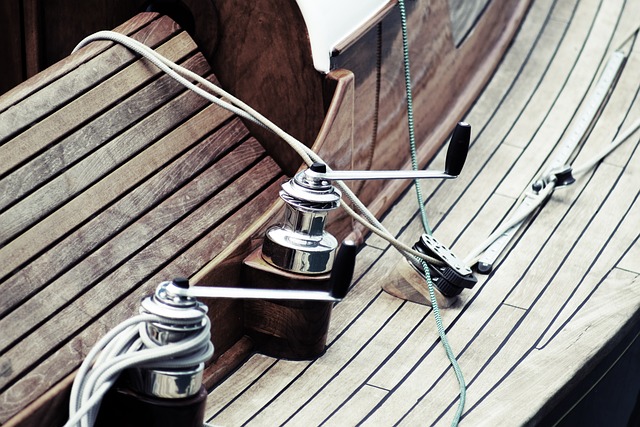
Marine batteries are subjected to rigorous conditions in harsh climates, where extreme temperatures and corrosive elements can significantly impact their lifespan. To understand how these batteries perform under such challenges, it’s instructive to examine real-world case studies. For instance, a fleet of research vessels operating in the Arctic faces frigid temperatures that can plummet below freezing for months. Batteries deployed in these conditions must endure not only the cold but also the frequent exposure to salt and moisture from ice melting and snowfall. In one documented case, a vessel’s marine battery system lasted twice as long as expected, highlighting the importance of quality components and robust design. Similarly, boats stationed in tropical regions contend with high humidity and temperatures that can exceed 40 degrees Celsius. These environments often lead to rapid battery degradation due to excessive heat and high levels of atmospheric corrosives. However, a study on a set of batteries used over several years in these conditions revealed that proper maintenance and the use of durable materials could extend their operational life significantly, despite the harsh climate. These case studies underscore the significance of battery material quality, design robustness, and regular maintenance in extending the lifespan of marine batteries in extreme environments. Understanding these factors can guide vessel owners and operators in selecting and caring for their batteries to ensure optimal performance even when faced with the harshest climates.
